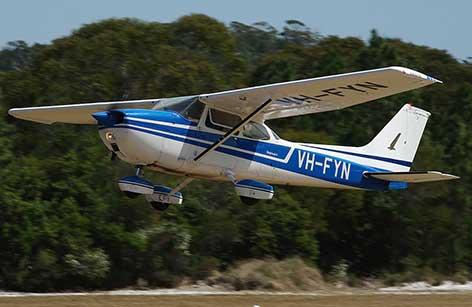Pilots should avoid deteriorating weather by conducting thorough pre-flight planning, a new ATSB report notes.

A Cessna 172 was flying from Queensland to New South Wales when it entered an area of reduced visibility, including low cloud, fog and drizzle. The aircraft diverted off the initial track and was last seen disappearing into cloud heading inland. A short time later, the aircraft collided with terrain and the pilot was fatally injured.
The ATSB found that the decision to depart on the flight had placed the pilot at risk of encountering conditions of reduced visibility. On entering those conditions, the pilot likely became spatially disoriented, resulting in a loss of control and a collision with terrain. The ATSB also found that the pilot was likely under some degree of self-imposed pressure to continue with the flight, despite the inclement weather conditions.
Weather-related accidents remain one of the most significant causes of fatal accidents in general aviation.
“The ATSB’s safety messages from this investigation are clear: visual flight rules pilots should conduct thorough pre-flight planning to avoid the possibility of flying into bad weather. They should also make alternate plans in case weather deteriorates, and make timely decisions about diverting or turning back,” said ATSB Executive Director Transport Safety Mr Nat Nagy.
“If visual flight rules pilots do find themselves in deteriorating weather and become disoriented or lost, they should seek whatever help is available including contacting air traffic control. This simple action has averted potential disaster in many instances.”
Weather-related accidents remain one of the most significant causes of fatal accidents in general aviation. Inflight decision-making is one of the ATSB’s SafetyWatch priorities, particularly regarding pilots flying with reduced visual reference.
Among the advice that SafetyWatch provides, the use of ‘personal minimums’ checklists is key. VFR pilots should use a checklist to help control and manage flight risks by identifying risk factors that include marginal weather conditions and only fly in environments that do not exceed their capabilities.
This report highlights an ongoing safety issue in aviation. Check out our SafetyWatch page, Inflight decision making, for more information on this important subject.
Read the report: VFR into IMC and loss of control involving Cessna 172, VH-FYN, 13 km north-north-west of Ballina, New South Wales, on 16 June 2017


